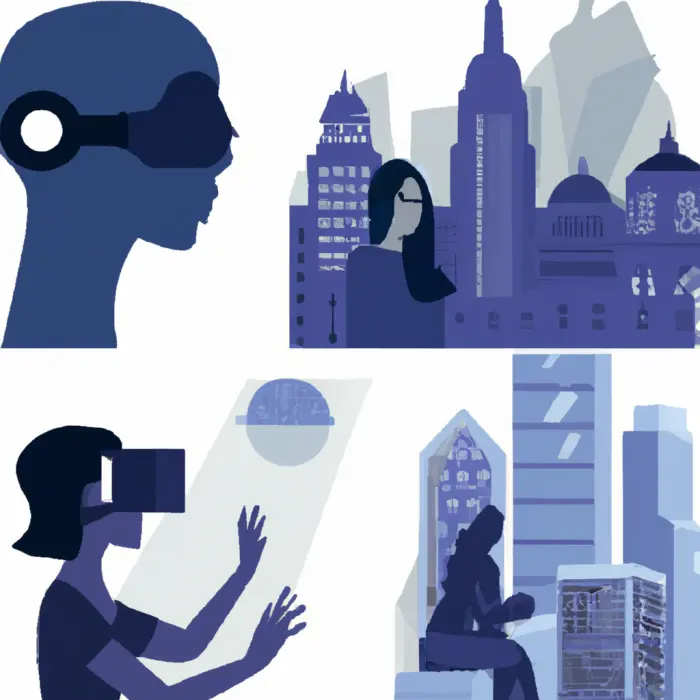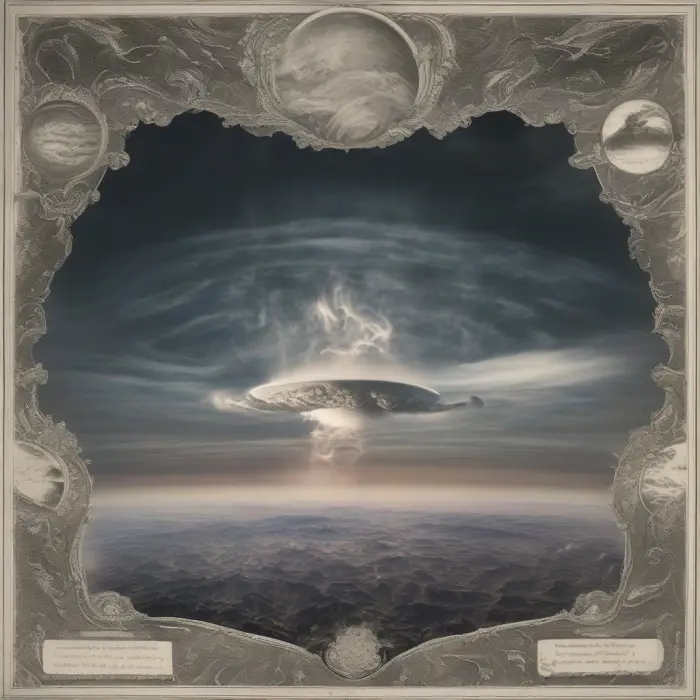Strange and Surprising Facts About the World of Parallel Universities
The concept of parallel universes has been a staple in science fiction literature and films for decades. However, the idea isn't merely a figment of creative imagination. Several scientific theories and studies suggest the possibility of parallel universes that exist alongside our own. Below are some strange and surprising facts about the world of these hypothetical universes.
1. The Multiverse Theory
A theory that supports the existence of parallel universes is the Multiverse theory. In simple terms, it suggests that there may be an infinite number of universes, including the one we inhabit. Our universe might just be one bubble in an endless ocean of other bubbles, a concept that is both fascinating and mind-boggling. The Multiverse theory has come about as a possible solution for various mathematical issues in the world of quantum physics.
2. The Quantum Mechanics Interpretation
Another strange fact about parallel universes comes from the field of quantum mechanics, specifically from the Everett or 'Many-worlds' interpretation. This theory implies that all possible alternate histories and futures are real and exist in a multiverse. Every decision we make causes a 'split' in our universe, leading to an alternate universe where the opposite decision was made.
3. The Idea of Different Laws of Physics
This is where things get interesting. Some theoretical physicists suggest that different universes within the multiverse may operate under entirely different laws of physics. These parallel universes might not be bound by the same physical constraints as ours, leading to unimaginable possibilities.
4. The String Theory
One of the most bizarre facts about parallel universes comes from the concept of String theory. According to this mathematical model, the fundamental particles in our universe are made of one-dimensional strings, not point particles. This theory requires at least ten spatial dimensions, and has given rise to the concept of the 'brane,' a spatially extended object that exists in multiple dimensions, and with which our universe might coexist.
5. The Possibility of Interaction is Still Unconfirmed
While these theories and models suggest the existence of parallel universes, we have yet to discover any solid evidence or method of interaction with them. Many physicists argue that if these universes do exist, they would have no causal effect on our universe, existing in their own separate realities.
6. Cosmic Inflation and the Multiverse
Last but not least, the concept of cosmic inflation, proposed by Alan Guth, also suggests the possibility of multiple universes. According to this idea, the universe expands at different rates in different places, leading to "bubbles" of space. Each bubble could potentially be another universe, separate from ours but just as real.
Conclusion
The world of parallel universes is a vast and strange one, full of theories and ideas that stretch the limits of our understanding. These facts are just the tip of the iceberg. As we dive deeper into the realm of theoretical physics and cosmology, who knows what other stunning realities we might uncover about our universe and its potential siblings in a multiverse.










